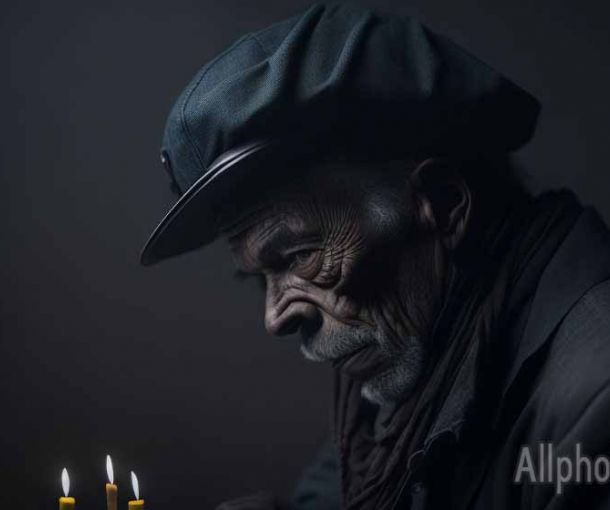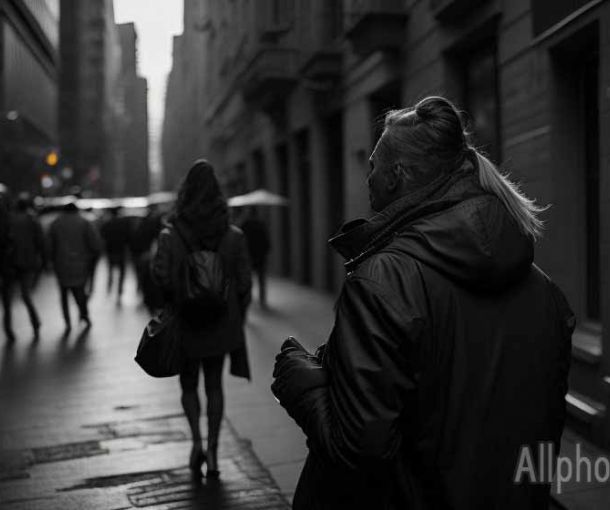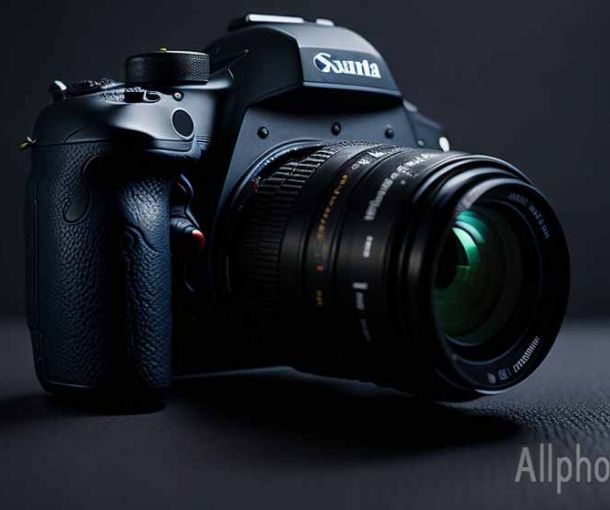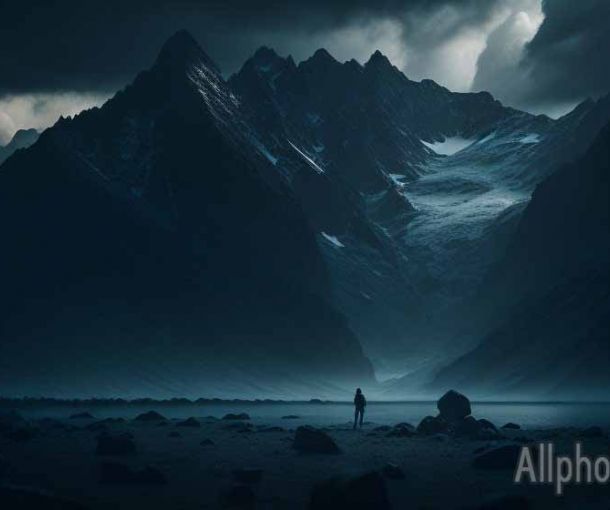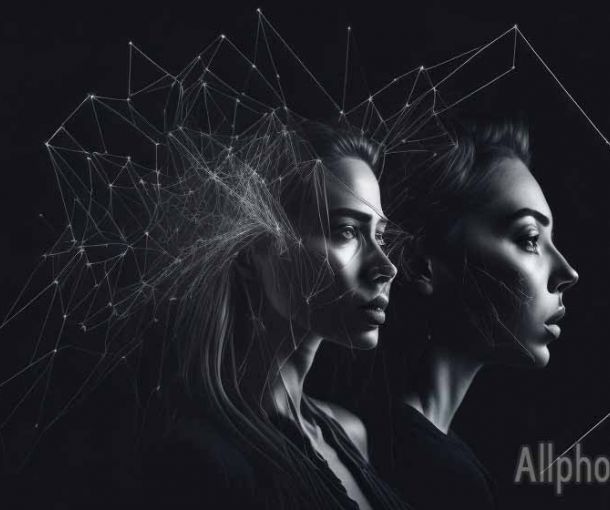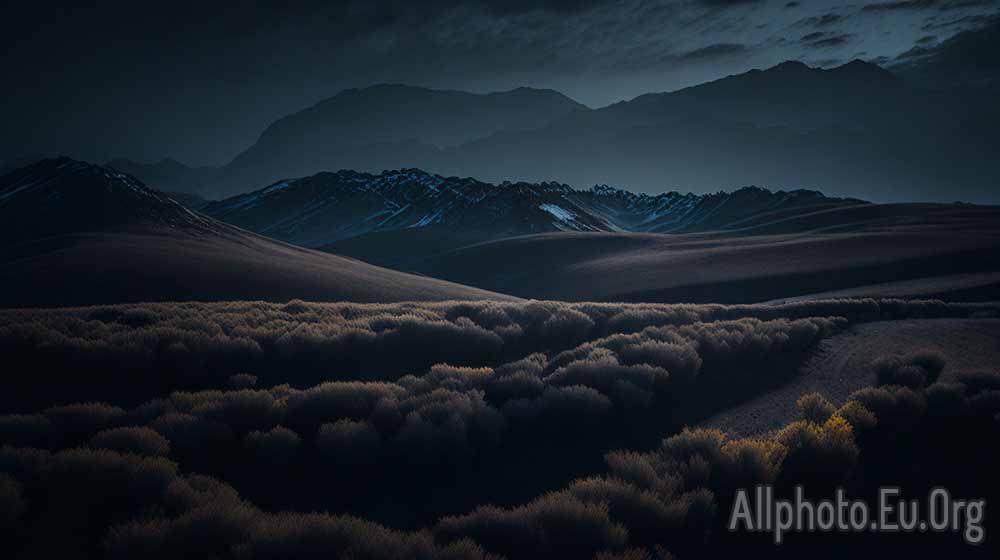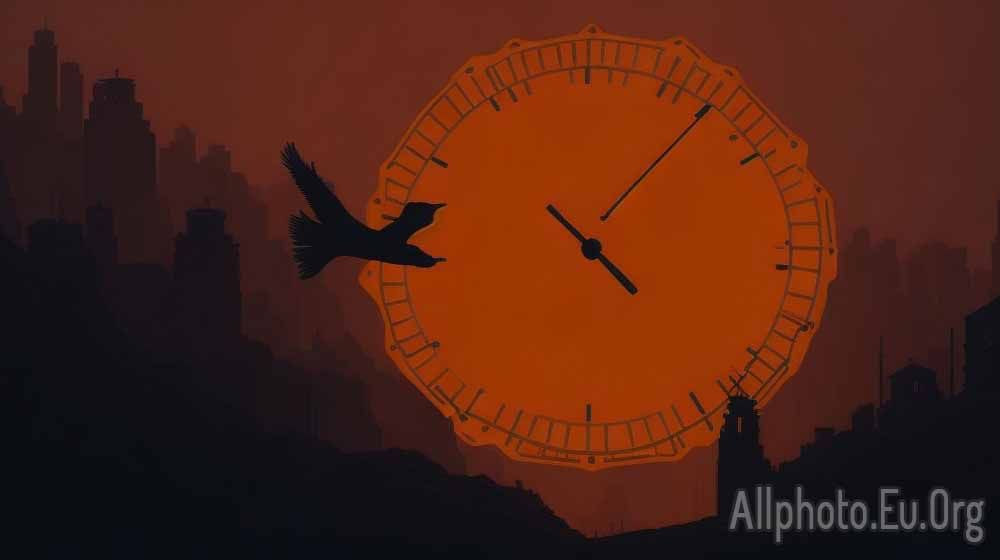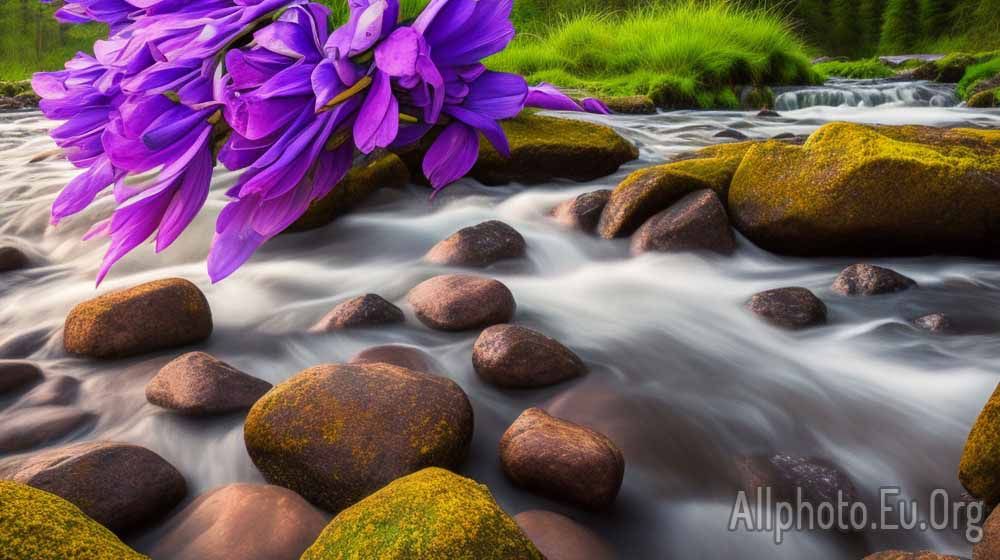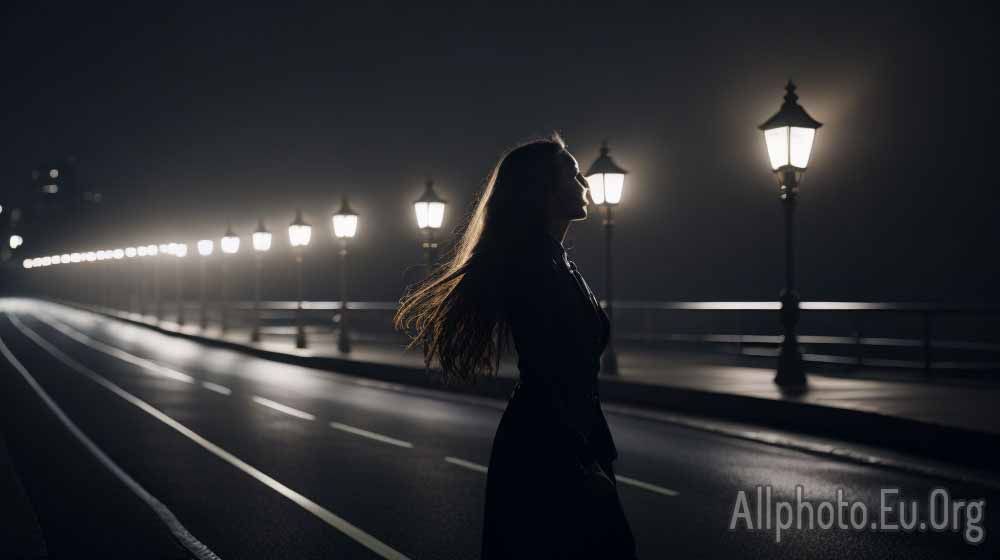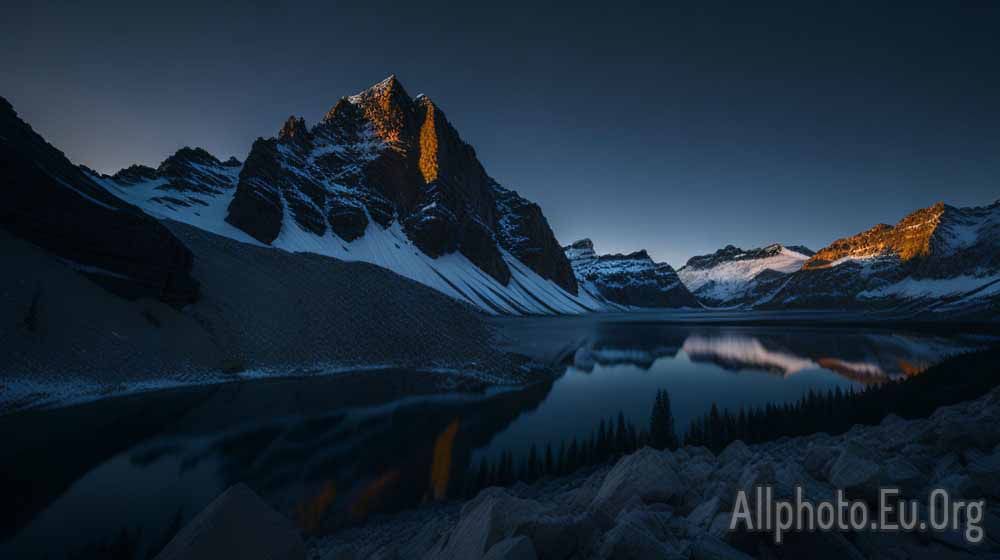The Role of Contrast in Photography: Creating Depth and Dimension
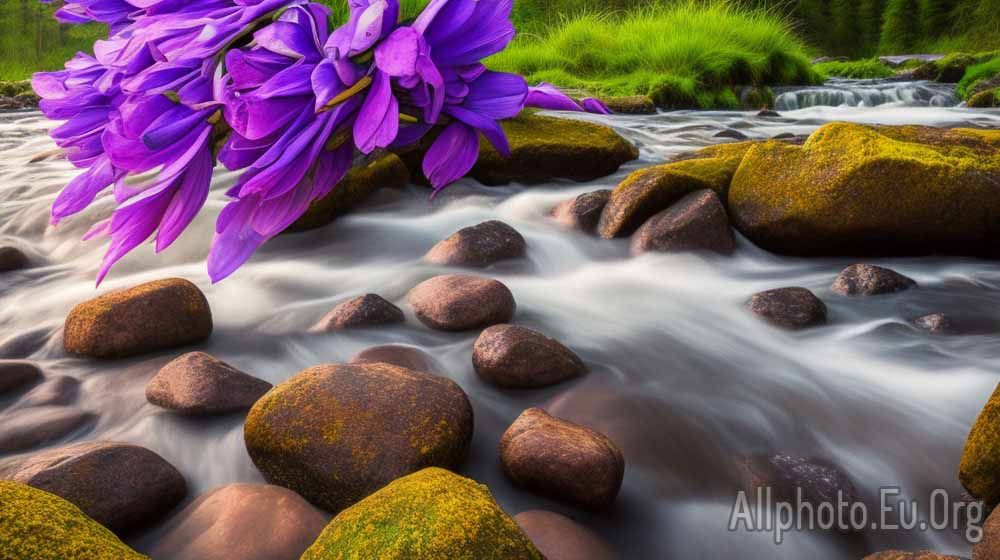
Photography is an art form that has captured the imaginations of people around the world. It allows us to capture moments and memories, and to tell stories through images. One of the key elements of a great photograph is contrast. Contrast is the difference between the lightest and darkest parts of an image, and it plays a vital role in creating depth and dimension in your photographs.
In this article, we'll explore the role of contrast in photography, and how you can use it to create more compelling images that stand out. We'll also look at some tips and techniques for using contrast effectively in your photography.
Understanding Contrast in Photography
Contrast is the difference between the lightest and darkest parts of an image. It's what makes a photograph pop and gives it depth and dimension. There are two types of contrast in photography: tonal contrast and color contrast.
Tonal contrast is the difference in brightness between different parts of an image. This is often referred to as dynamic range. A high dynamic range means there is a wide range of tones from light to dark, while a low dynamic range means there is less contrast between the lightest and darkest areas of the image.
Color contrast is the difference between colors in an image. This can be the contrast between complementary colors, such as blue and orange, or between warm and cool colors, such as red and blue.
Why Contrast Matters
Contrast is important in photography because it helps create depth and dimension in your images. Without contrast, a photograph can appear flat and lifeless. By increasing contrast, you can make the subject of your photograph stand out and draw the viewer's eye.
Another reason why contrast matters is that it can help you tell a story with your photographs. By using contrast to emphasize certain parts of an image, you can guide the viewer's eye to the most important parts of the photograph and create a narrative that draws them in.
Creating Contrast in Your Photographs
There are several ways to create contrast in your photographs, including adjusting the exposure, using lighting, and playing with color.
Adjusting Exposure
One of the most basic ways to create contrast in your photographs is to adjust the exposure. By adjusting the exposure, you can control the brightness of different parts of the image, and create a wider dynamic range.
For example, if you're taking a photograph of a landscape on a sunny day, you may need to adjust the exposure to ensure that the sky is not overexposed and the shadows are not too dark. By adjusting the exposure, you can create a more balanced image with a wider range of tones.
Using Lighting
Lighting is another important factor in creating contrast in your photographs. By using different lighting techniques, you can create shadows and highlights that add depth and dimension to your images.
For example, if you're taking a portrait photograph, you may want to use a single light source to create dramatic shadows on the subject's face. This can create a high-contrast image that emphasizes the subject's features.
Playing with Color
Color is another important element in creating contrast in your photographs. By using complementary colors or warm and cool colors, you can create a sense of contrast that draws the viewer's eye.
For example, if you're taking a photograph of a sunset, you may want to emphasize the warm colors of the sky by contrasting them with cooler colors in the foreground. This can create a sense of depth and dimension in your photograph.
Tips for Using Contrast in Your Photography
Here are some tips and techniques for using contrast effectively in your photography:
- Use contrast to guide the viewer's eye: By emphasizing certain parts of your photograph with contrast, you can guide the viewer's eye to the most important parts of the image.
- Experiment with different types of contrast: Don't be afraid to play with tonal contrast, color contrast, and even texture contrast in your photographs. Each type of contrast can create a different effect and add to the overall impact of your image.
- Be mindful of the subject and the message: When using contrast in your photographs, it's important to consider the subject and the message you want to convey. Some subjects may require more subtle contrast, while others may benefit from high-contrast images that emphasize their features.
- Pay attention to the background: The background of your photograph can have a significant impact on the contrast in your image. A busy or cluttered background can detract from the subject and make it harder to create contrast. Consider using a simple or plain background to make your subject stand out.
- Edit your images: Post-processing is an important part of creating contrast in your photographs. By using editing software, you can adjust the exposure, contrast, and other elements of your image to create the desired effect.
Conclusion
Contrast is an essential element in photography that helps create depth and dimension in your images. By understanding the different types of contrast and how to use them effectively, you can create more compelling photographs that stand out and tell a story. Whether you're a beginner or an experienced photographer, taking the time to master contrast can help take your photography to the next level.
Tags
Latest Articles
Most Read
All Tags
Subscribe
Donate
Please consider supporting our efforts.
© 2023 All-Photo.Cf All rights reserved.
